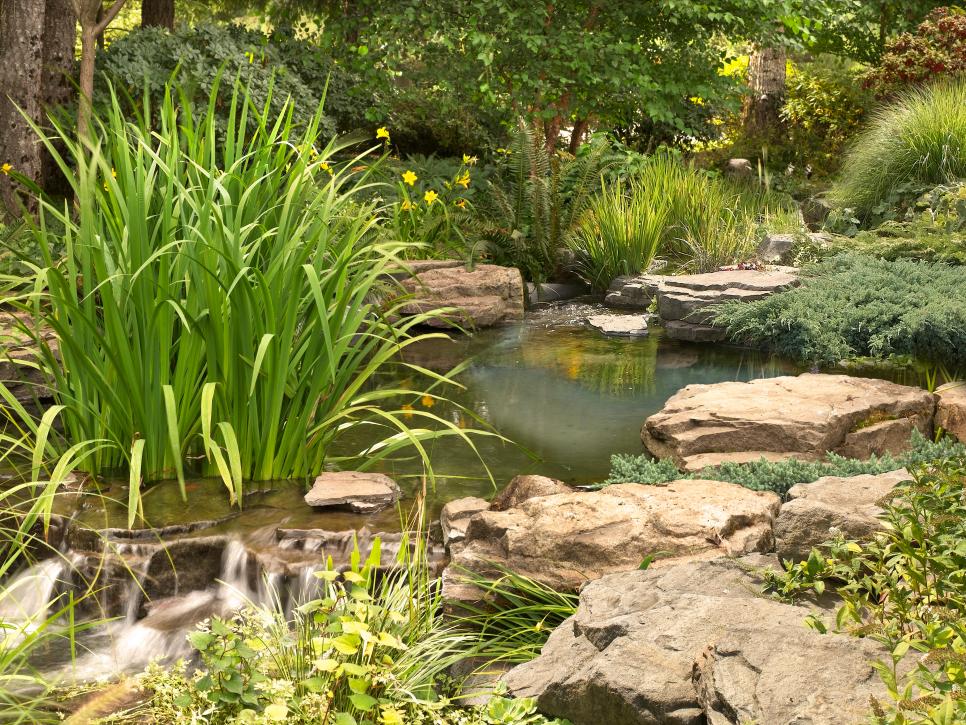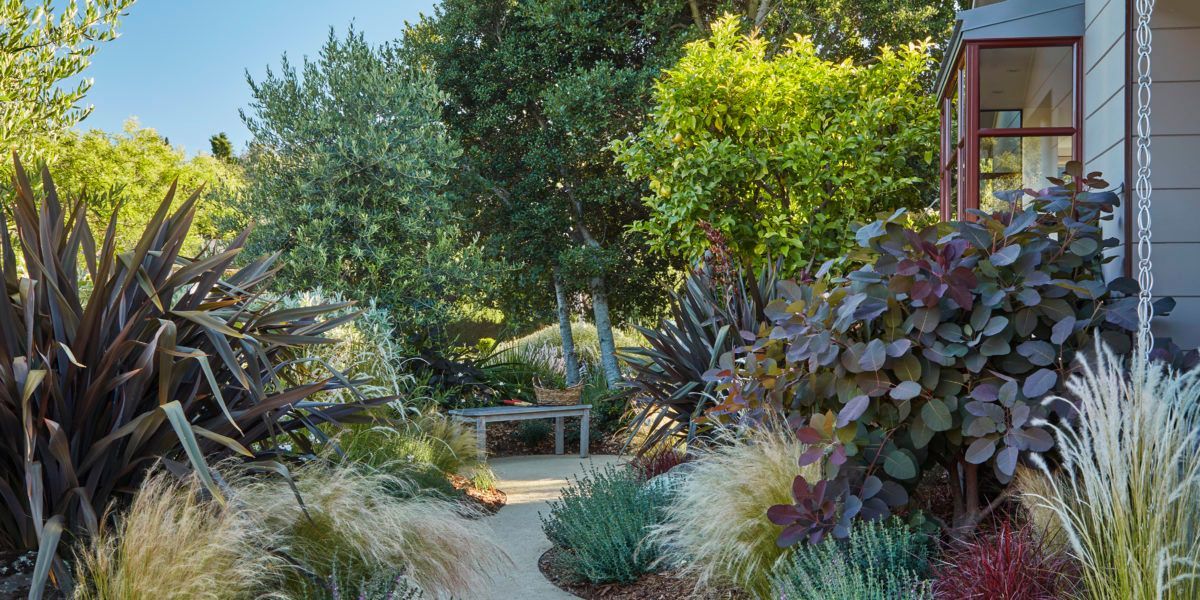
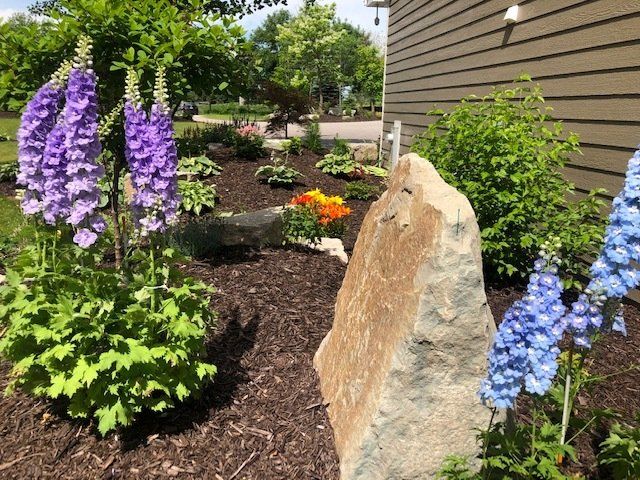
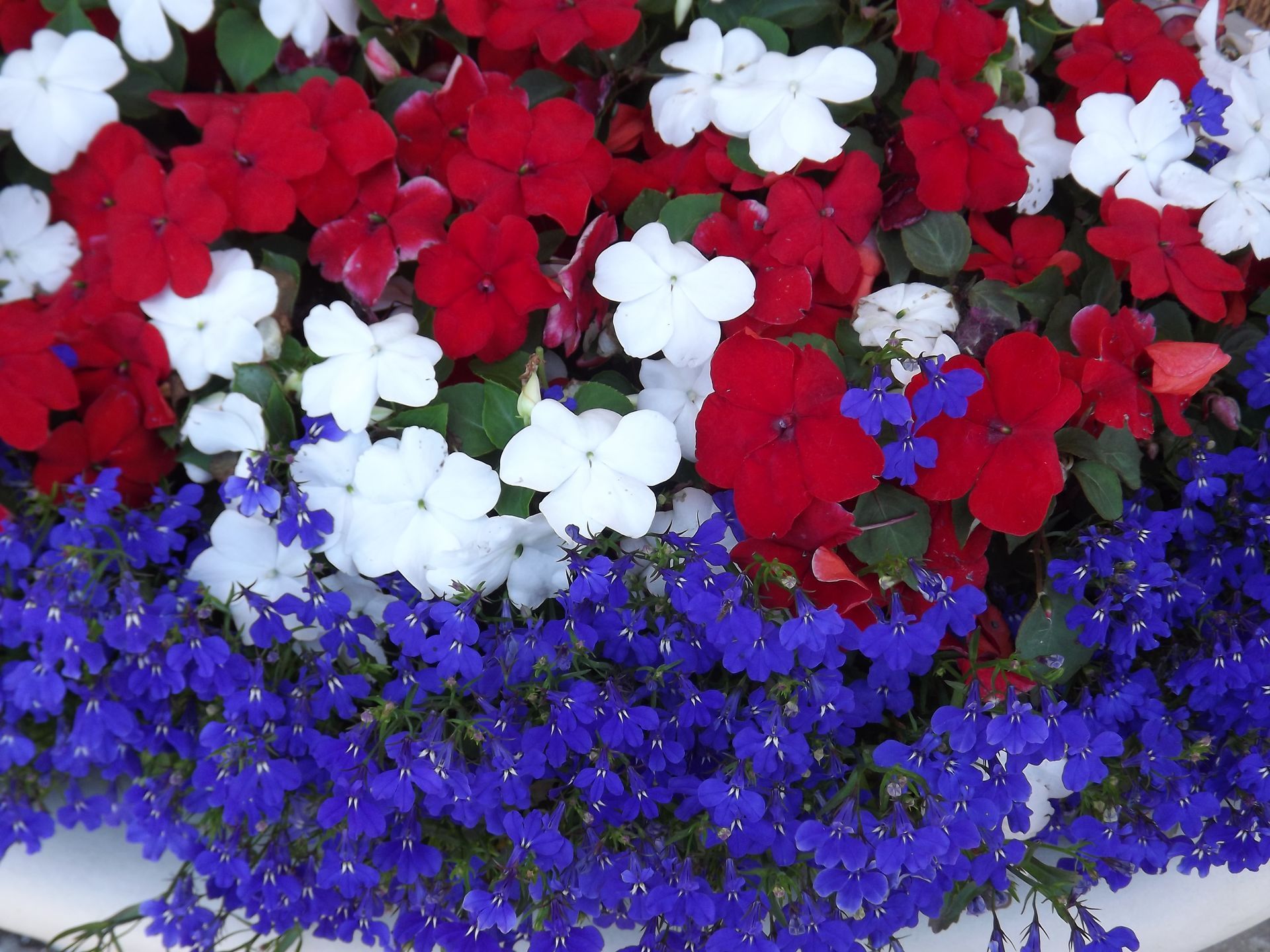
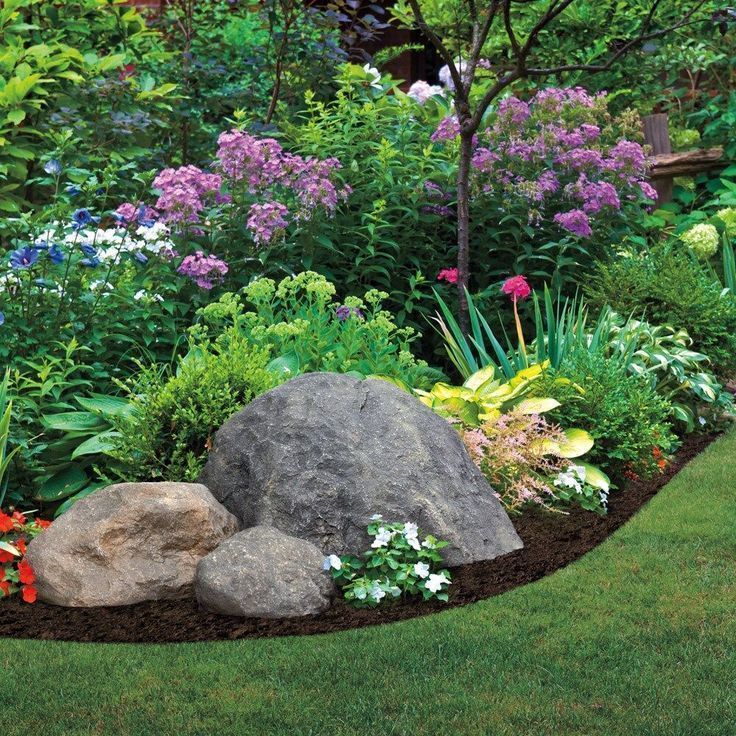
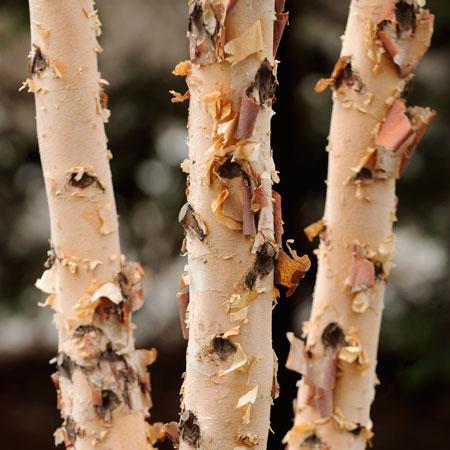
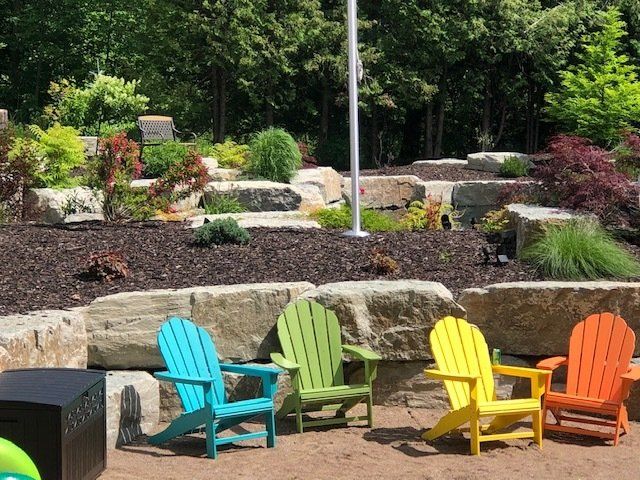
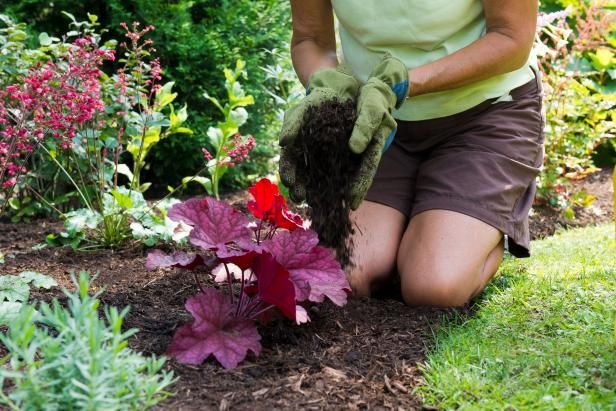
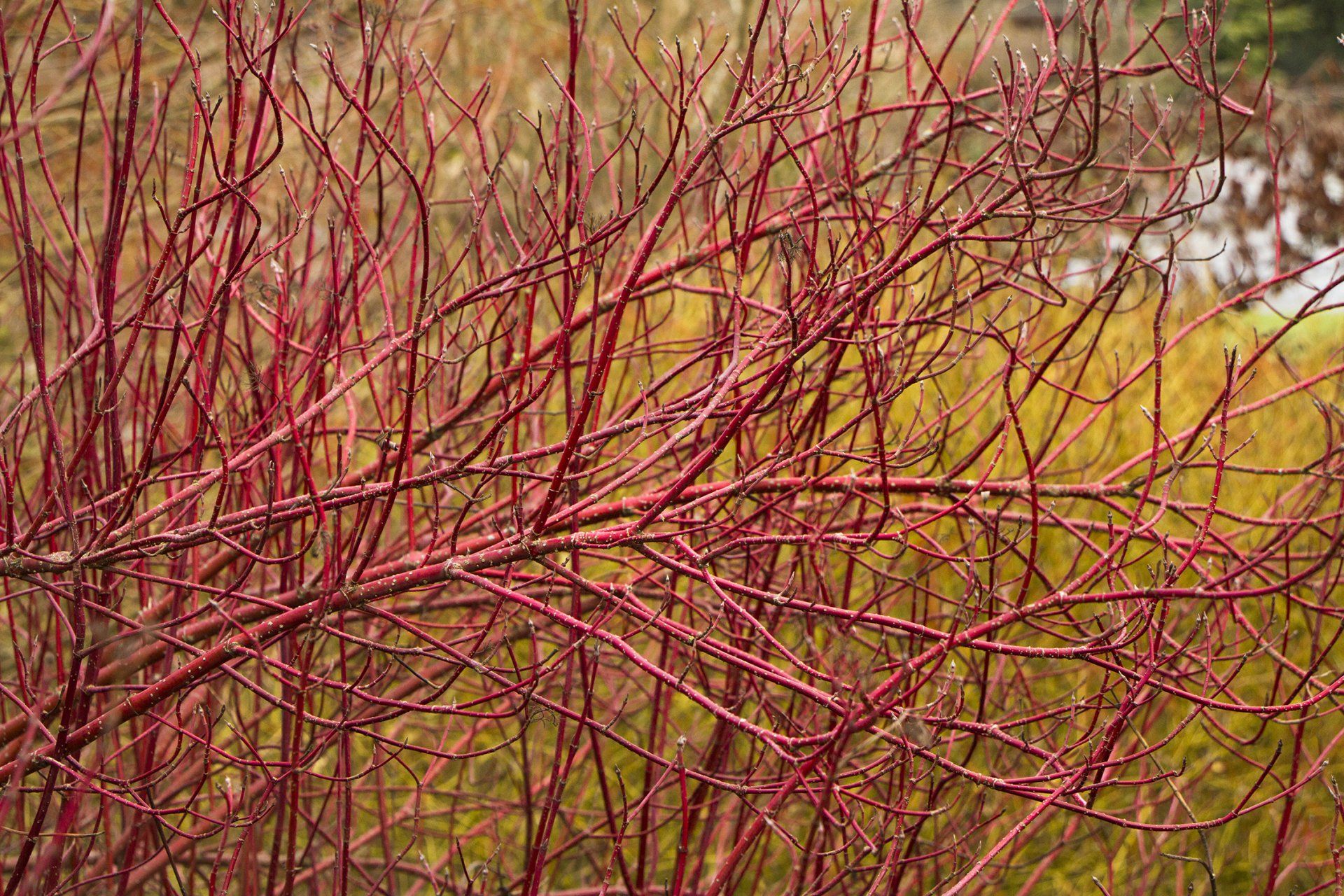
Create Landscaping Space For New Curb Appeal Design
While each home has its own unique focal interest, sun exposure, and house style, we are seeing some top fall 2020 curb appeal trends appear in many neighborhoods.
Many of the trends focus on a variety of plant styles and sizing for front yard space.
From ornamental grasses to evergreen shrubs and flowering perennials, having a diverse bloom time in your landscape will increase your curb appeal interest and lower your maintenance and upkeep.
Landscape design has also had the benefit of newly created species of plant selections in varied sizes. When a decade ago, the Panicled Hydrangeas used to grow up 8-12 feet, now there are new dwarf varieties that maintain a small size and shape of 2-3 feet tall. This means that older plant installations might be overgrown in your front yard and should be removed to create space for the new selections.

Here Are The Top Additions We’re Adding To Landscaping Curb Appeals Now
Karen Azaleas
Clusters of lavender-pink flowers on this shrub make for one stunning display in the spring.
Loving both full sun and partial shade, the deciduous Azalea is hardy even through harsh winters.Growing to a height and width of 3-4 feet, the Karen Azalea is good for controlled and tighter spaced areas.
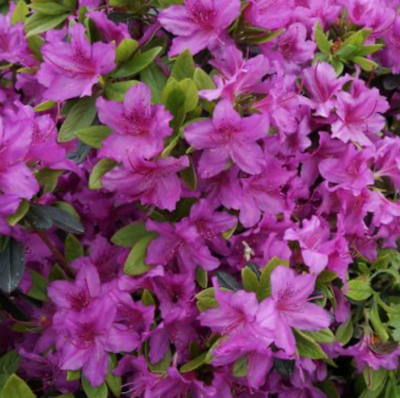
Calamintha
With a fragrant mint scent, the Calamintha forms a beautiful mass of stems and leaves. Small white flowers adorn the plant for an extended season of blooming, mid-summer until frost.
The delicate flowers will even become purple in color as the temperature drops in the fall.
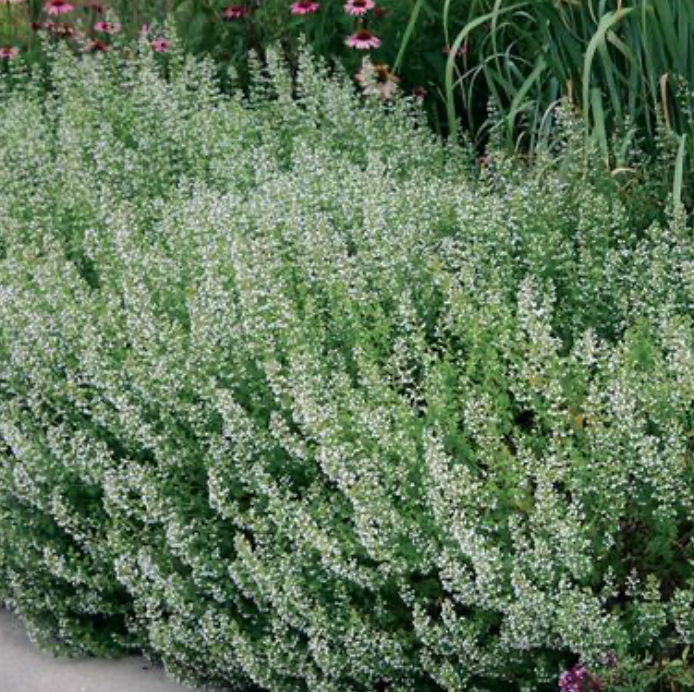
Bees love the plant for its never-ending flower display and the plants maintains a controlled 18-24 inch maturity size. Excellent for both wet and dry soil, this is a perfect addition to your front yard landscape.
The Boxwood is an excellent addition to any curb appeal landscaping in the sun or partial shade location. Its slow growth makes it a trustworthy shrub that won’t overtake your other selections.
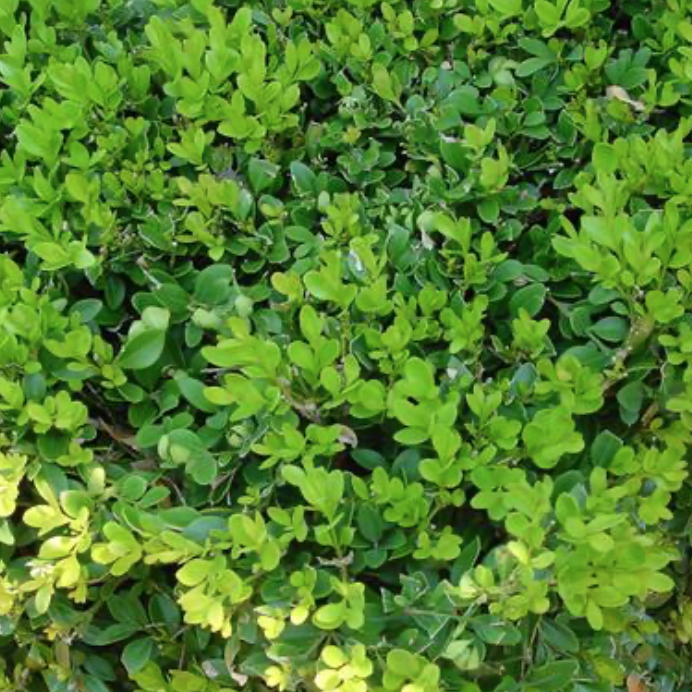
This shrub can be trimmed into a long hedge or kept as individual units. While the plant can be left to grow freely, you can also manicure the shape into a globe or boxed profile.
Sedum
The lime-green stonecrop is from the family of Sedum and is one of the most drought-tolerant plants you can add to your landscape.
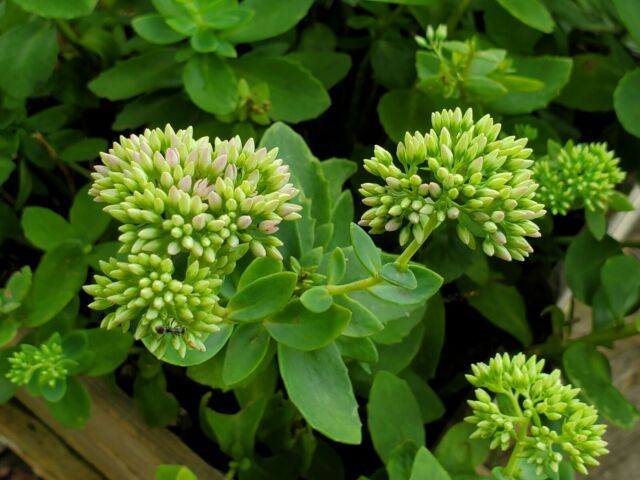
Adding this plant around stepping-stone walkways and rock gardens gives beautiful interest spring through fall, and pollinators love the blooms, as well. This selection is also resistant to damage in traffic areas and grows back quickly if stepped on.
Ornamental Grasses
In addition to the flowering perennials and ground cover, ornamental grasses are widely popular right now. They set a nice backdrop as a good layering effect when combined with front flowering shrubs. There are many types of grasses, some slow growing and some that will overtake a space, so it is important to be very selective about the purpose of the space you want filled.
